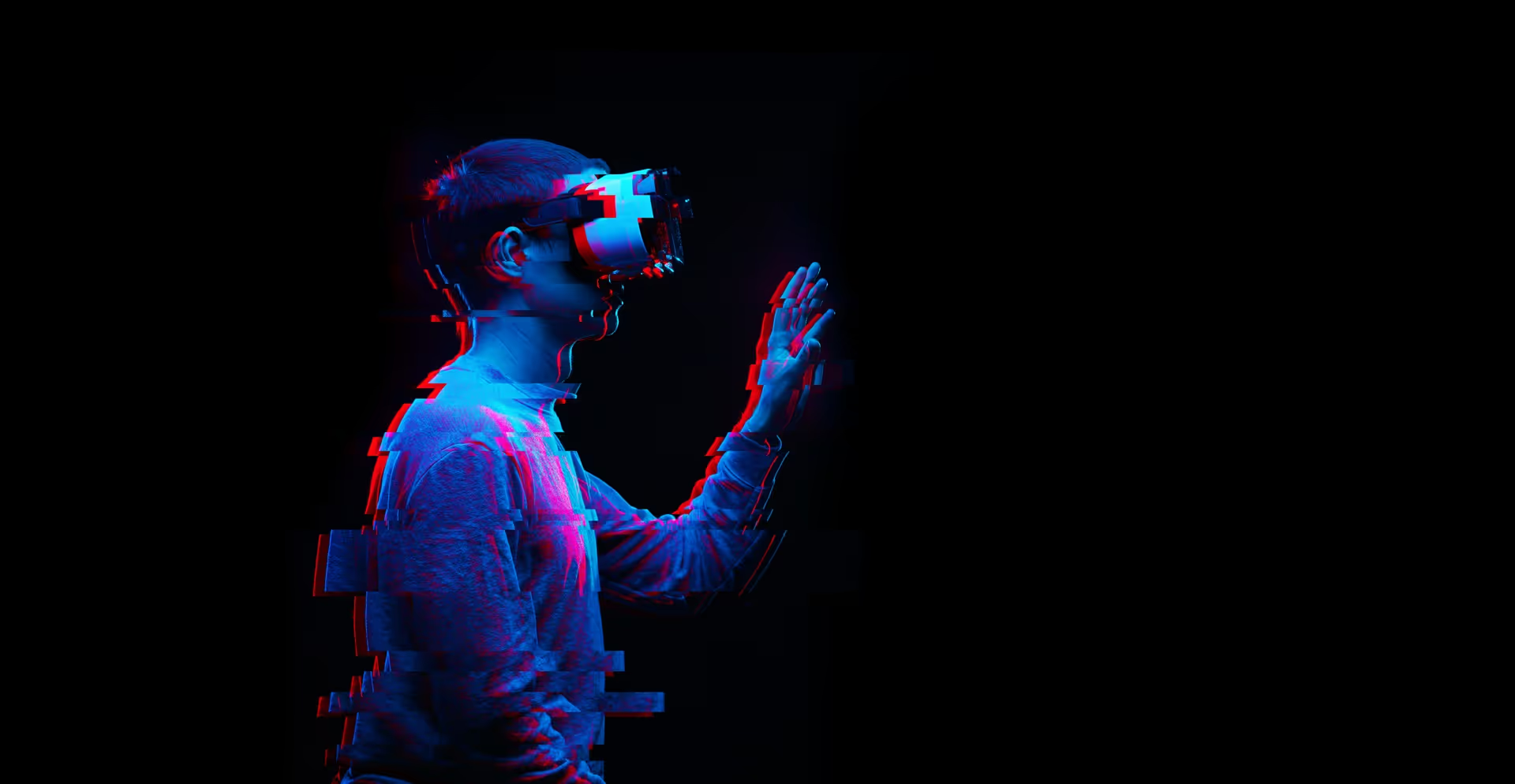How We Can Help
The key legal issues around AI and its use in your business can be split into three stages: training/input data, the trained AI model, and what is ultimately produced by the AI.
Training/Input Data
AI models must be trained and developed using input data. They need a steady flow of these materials to "learn" from. Curated datasets used to train AI models can provide very valuable IP for a company. However, there are ongoing disputes both in the UK and abroad about exactly how training data is being obtained and used.
We are on hand to advise on the key questions relating to AI input:
- What type of data is needed to train an AI?
- Which IP rights might subsist in that data?
- How can proprietary training data be protected?
- Where can you obtain data from safely?
- What are the points to look out for when licensing data?
- How can you restrict unauthorised use to maximise value?
AI Model
When it comes to the AI itself, it is vital to consider how best to protect a trained AI model. Copyright is likely to subsist in the code underpinning the model. However, the usefulness and enforceability of copyright protection can be limited. In some cases, patents may be an option, particularly if your AI model is built on novel algorithms or methods, or if it is an existing AI model being used in an innovative way. Trade secrets are an option alongside (or instead of) patent protection.
We can advise you on:
- How can you protect the IP in an AI model you have developed?
- Is an AI-developed invention patentable?
- Who owns a trained AI model built on open-source code/algorithms?
- What rights might exist in a prompt used to operate an AI model, and who might own them?
Output
AI ultimately exists to produce what the user needs, in the format they want it in. However, regardless of the content inputted and the format of the output, there are various IP-related issues to consider:
- What IP rights might subsist in an output?
- As a user (but possibly not the owner) of a trained AI model, are you subject to restrictions on your use of the output?
- How should an owner of a trained AI model protect their interests in the output?
Our AI Risk Assessment Audit
Generative AI offers businesses a powerful business intelligence tool, enabling you to make better decisions faster. But, as with all major changes, the adoption and implementation of AI come with a range of risks that extend far beyond IP. These include:
- Legal risks
- Modelling risks
- Transparency risks
- Data risks
- Operational risks
- Security risks
- Third-party risks
- Ethical risks
If you were to encounter any of these risks, they could significantly impact your operations, performance and reputation, and can result in significant financial penalties and legal action.
To minimise the risks associated with using AI, we have designed a structured AI Risk Assessment Audit.
Our IP solicitors and patent attorneys work together to examine the three key legal areas associated with scaled implementation of generative AI: legal and regulatory compliance, intellectual property risks, and contractual and commercial exposure, so you can identify and address any potential legal risks.
This overview will allow you to move forward safe in the knowledge that you are in the best position to safely unlock the commercial benefits of AI without breaking the rules.




































.avif)



